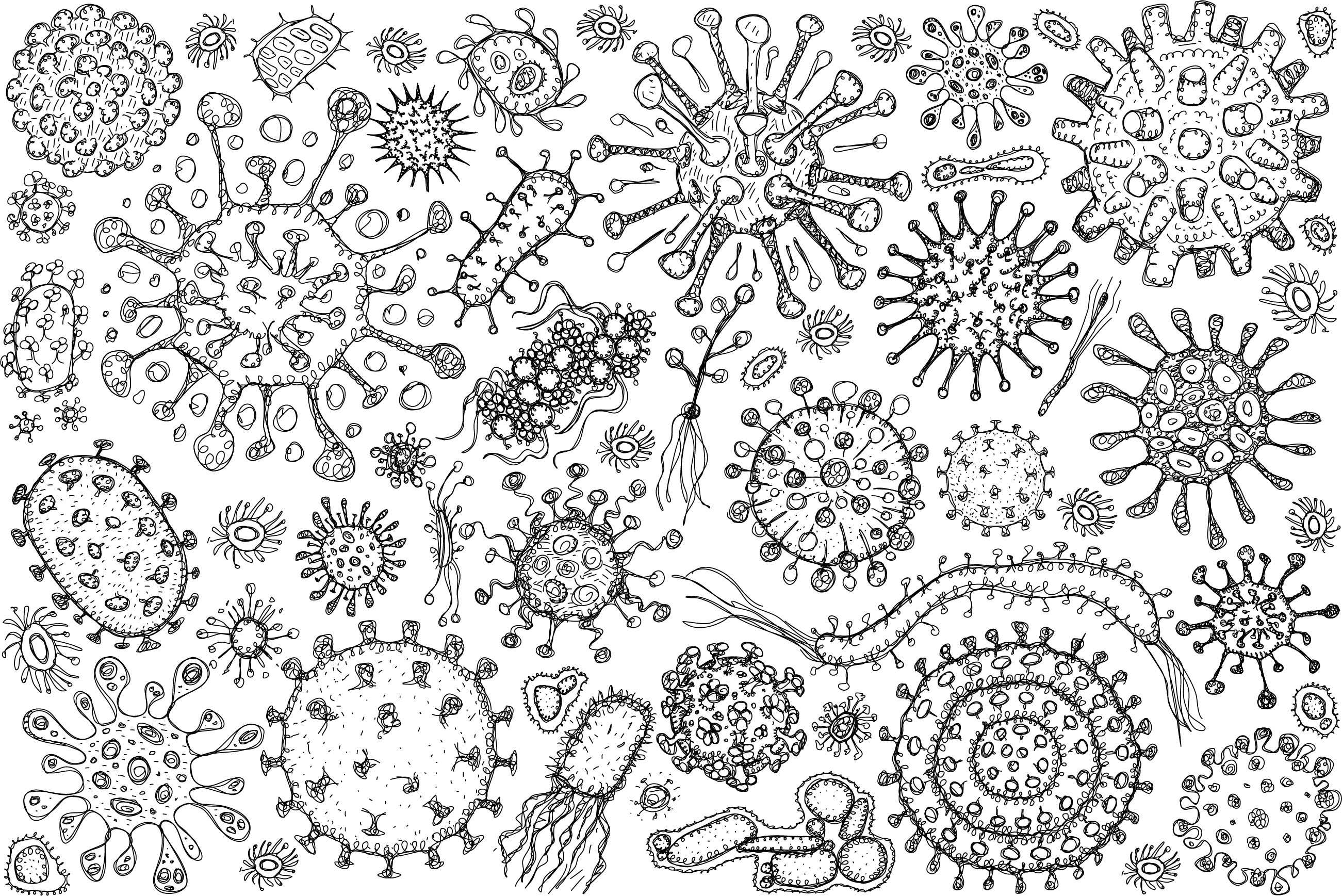
Publication: The cell envelope of Thermotogae suggests a mechanism for outer membrane biogenesis
Abstract: The presence of a cell membrane is one of the major structural components defining life. Recent phylogenomic analyses have supported the hypothesis that the last universal common ancestor (LUCA) was likely a diderm. Yet, the mechanisms that guided outer membrane (OM) biogenesis remain unknown. Thermotogae is an early-branching phylum with a unique OM, the toga. Here, we use cryo-electron tomography to characterize the in situ cell envelope architecture of Thermotoga maritima and show that the toga is made of extended sheaths of β-barrel trimers supporting small (~200 nm) membrane patches. Lipidomic analyses identified the same major lipid species in the inner membrane (IM) and toga, including the rare to bacteria membrane-spanning ether-bound diabolic acids (DAs). Proteomic analyses revealed that the toga was composed of multiple SLH-domain containing Ompα and novel β-barrel proteins, and homology searches detected variable conservations of these proteins across the phylum. These results highlight that, in contrast to the SlpA/OmpM superfamily of proteins, Thermotoga possess a highly diverse bipartite OM-tethering system. We discuss the implications of our findings with respect to other early-branching phyla and propose that a toga-like intermediate may have facilitated monoderm-to-diderm cell envelope transitions.

